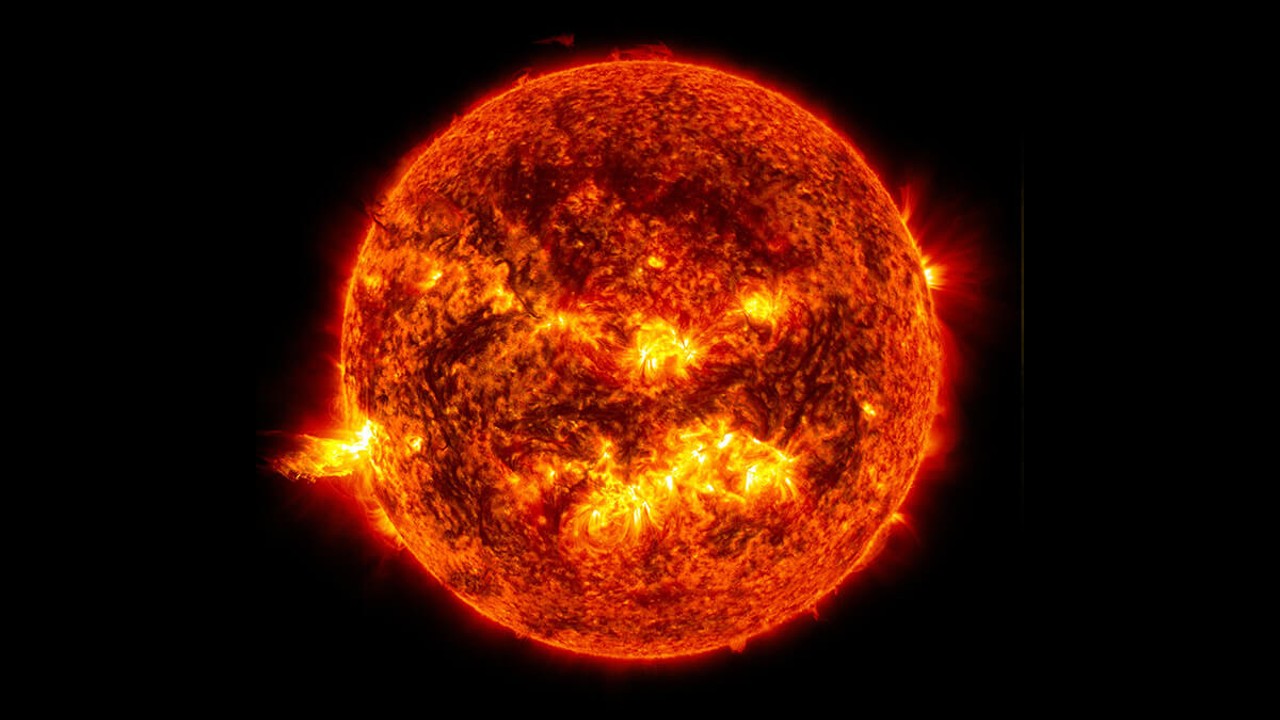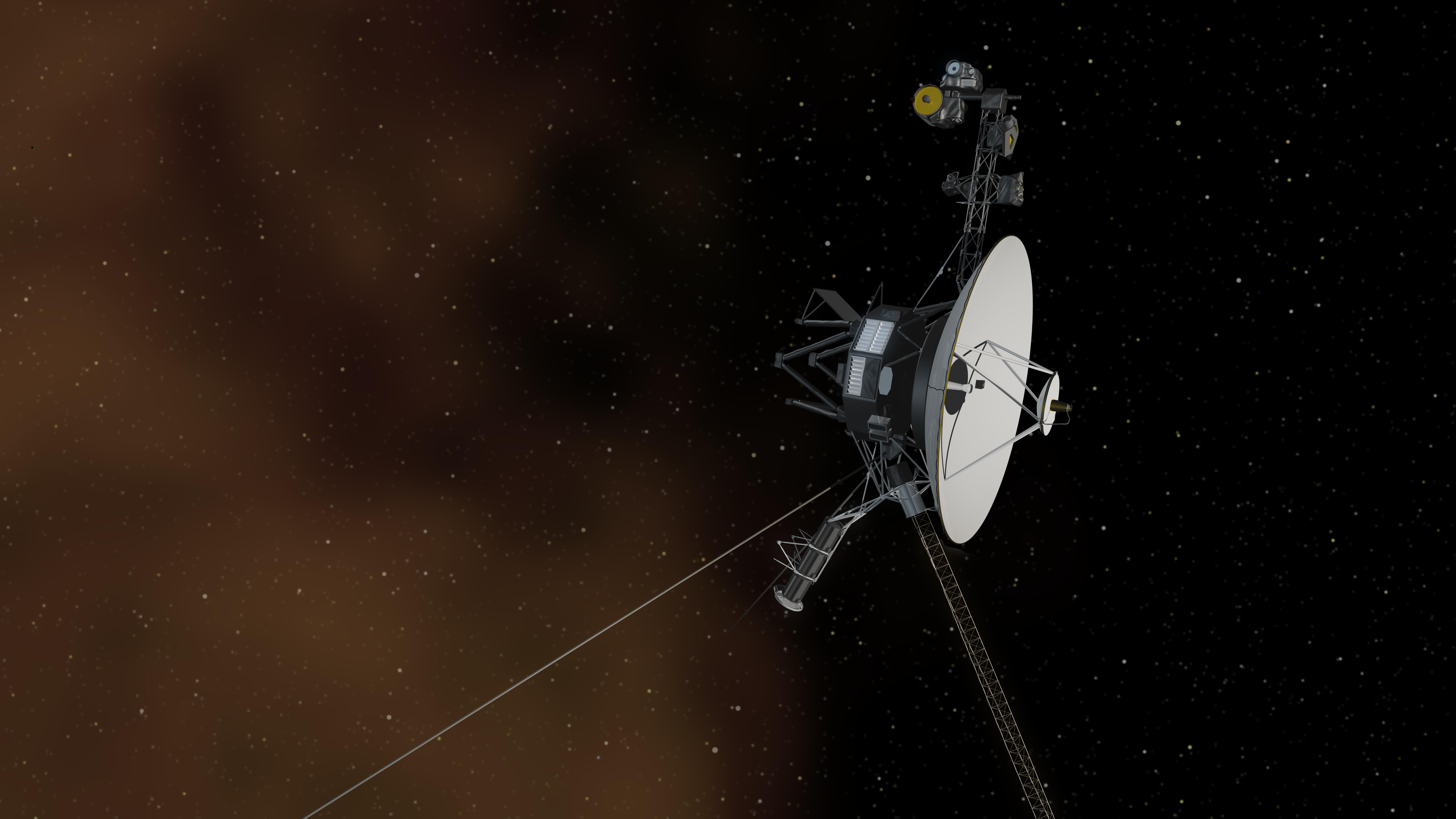Does the sun really belong in its family? Astronomers get to the bottom of stellar identity crisis
Our star is actually pretty average.

The sun is having an identity crisis: Because it shows different magnetic activity and rotation rates than other stars in its current classification, scientists have debated whether the sun is really like the other stars in its family.
Now, the debate may finally be settled, as an investigation has found that the sun does indeed belong in this group.
The research was led by Ângela Santos, a scientist at the Institute of Astrophysics and Space Sciences in Portugal, whose work focuses primarily on how solar and stellar rotation and stellar magnetic activity change as stars evolve. She explained the controversy over the sun's classification.
Related: Our sun is a weirdly 'quiet' star — and that's lucky for all of us
"In the community, there is an ongoing debate on whether the sun is a 'sun-like' star," Santos said in a statement. "In particular, about its magnetic activity; several studies suggested that stars similar to the sun were significantly more active. However, the problem doesn't seem to be with the sun, but with the stars classified as sun-like, because there are several limitations and biases in the observational data and the inferred stellar properties."
To investigate the question of whether the sun is truly a sun-like star, Santos and the team turned to data from NASA's now-retired Kepler space telescope, the European Space Agency's (ESA) Gaia mission, and the NASA-ESA Solar and Heliospheric Observatory (SOHO).
They focused on multiple stars that have similar stellar properties and magnetic activity to the sun and compared the data with observations of the sun's last two 11-year solar cycles collected by SOHO, which launched in 1995.
Breaking space news, the latest updates on rocket launches, skywatching events and more!
One star featured in the data, which is nicknamed "Doris" and officially designated KIC 8006161, is a blue star of a similar size and mass to the sun. The researchers had previously noted that the amplitude of Doris' stellar cycle was twice that of the last two solar cycles, indicating that Doris became twice as strong as our star, even though the two stars were similar in many ways.
The difference was caused by a disparity in the proportions of elements heavier than hydrogen and helium that make up the two stars' compositions. Astronomers call elements heavier than helium "metals," and they refer to the proportion of these elements as the "metallicity" of the star. Doris has a higher metallicity than the sun, and the researchers linked this difference to stronger activity.
"The difference was the metallicity," Santos said. "Our interpretation is that the effect of metallicity, which leads to a deeper convection zone, produces a more effective dynamo, which leads to a stronger activity cycle."
The researchers then went back and disregarded metallicity to select stars from their catalogs that demonstrated similar behavior to Doris. They found that most of these stars also had high metallicities, though Doris was still the most active of these stars.
"In our selection, the only parameter that could lead to this excess is the rotation period," Santos said. "In particular, Doris had a longer period than the sun. And, in fact, we found evidence of a correlation between the rotation period and metallicity."
In addition, despite being younger than the sun, Doris rotates more slowly. This is typical; astrophysicists think all stars are born spinning and slow down, or "spin down," as they age. This slowdown happens because of a phenomenon called "magnetic braking," in which material is caught by the star's magnetic field and eventually flung into space, carrying some of the sun's angular (rotational) momentum with it.
Doris' stronger magnetic activity is causing more magnetic braking, leading it to spin more slowly than the sun, the researchers explained.
Despite some key differences, however, the sun fits in nicely with a family of stellar objects aptly called sun-like stars, the team concluded.
"What we found is that although there are stars which are more active than the sun, the sun is indeed a completely normal sun-like star," Santos said.
The research was published in the April edition of the journal Astronomy & Astrophysics.
Follow us on Twitter @Spacedotcom or on Facebook.

Robert Lea is a science journalist in the U.K. whose articles have been published in Physics World, New Scientist, Astronomy Magazine, All About Space, Newsweek and ZME Science. He also writes about science communication for Elsevier and the European Journal of Physics. Rob holds a bachelor of science degree in physics and astronomy from the U.K.’s Open University. Follow him on Twitter @sciencef1rst.

